Get PeakVisor App
Sign In
Search by GPS coordinates
- Latitude
- ° ' ''
- Longitude
- ° ' ''
- Units of Length

Yes
Cancel
Share ×

Scan the QR code and open PeakVisor on your phone
❤ Wishlist ×
Choose
Delete
Offering excellent opportunities for outdoor recreation and adventure, the Unaka Mountains is a range of peaks that straddles the border between the US states of North Carolina and Tennessee. The range contains 145 named mountains, the highest and most prominent of which is Roan High Knob (6,286ft/1,916m).
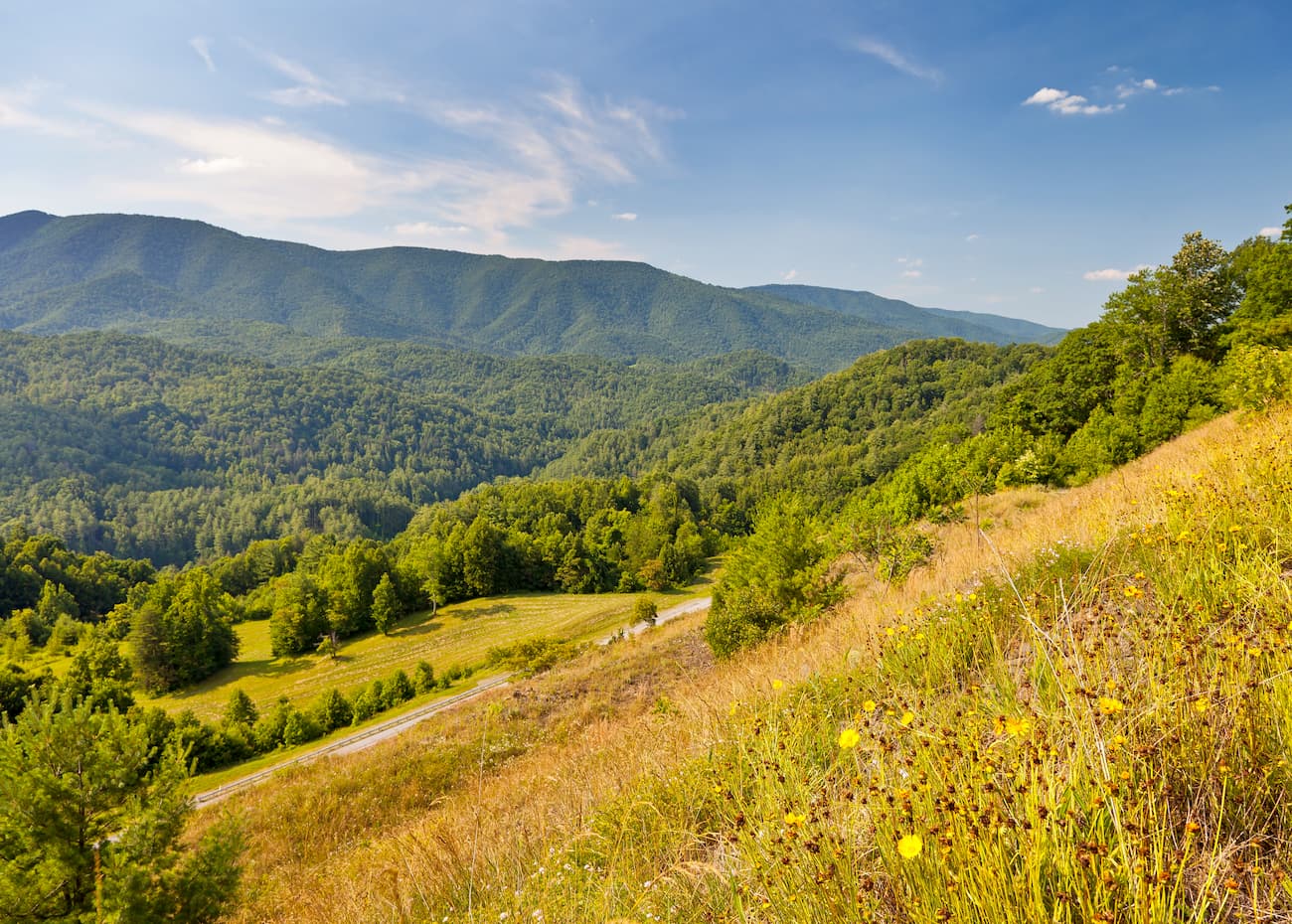
The Unaka Mountains straddle the border between North Carolina and Tennessee, in one of the most mountainous regions of the southeastern United States. They are located along the crest of the Appalachian Mountains in this part of the country, forming a natural barrier between these two states.
Although the range itself is fairly small, it is located within quite a few different counties, including Carter and Unicoi counties in Tennessee, as well as Mitchell, Yancey, and Avery counties in North Carolina.
The range is surrounded by mountains and other subranges of the Appalachian Mountains to the north and the south. To the north of the Unaka Mountains lie the Iron Mountains, which extend into Virginia. Meanwhile, the Newfound Mountains are located just south of the range, also along the Tennessee/North Carolina border.
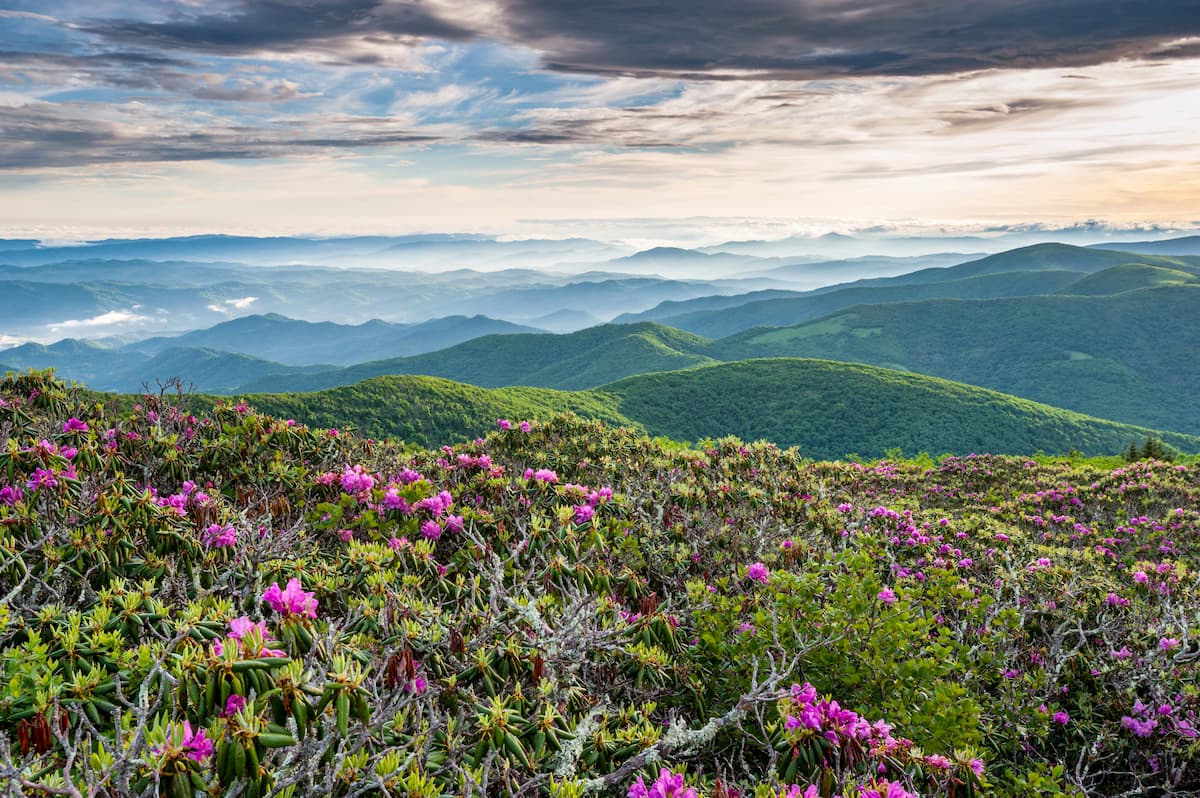
There are a number of protected areas within the Unaka Mountains, most notably Cherokee National Forest and Pisgah National Forest. Moreover, the Unaka Mountains Wilderness also protects a substantial portion of the range.
It's also worth noting that the name "Unaka Mountains" can vary in usage, depending on who you talk to. While some use the name to refer solely to a contiguous mountain range in Tennessee and North Carolina that runs from about the Watauga River in the north to the Nolichucky River to the south, others use it to refer to the entirety of the Appalachian Mountains that occur along the border between these two states to the north of the Unicoi Mountains.
In such a usage, the name "Unaka Mountains" would also refer to the peaks within the Great Smoky Mountains National Park, and in both the Big Frog and Little Frog Wildernesses
From a geological perspective, the Unaka Mountains are a subrange of the Appalachian Mountains, which stretch from the state of Alabama to the south all the way to the province of Newfoundland and Labrador in Canada to the north. The range is also part of the Blue Ridge Mountains system, which is just east of the Appalachian Ridges and the Appalachian Plateaus, as well as west of the Piedmont-Southeast Coast.
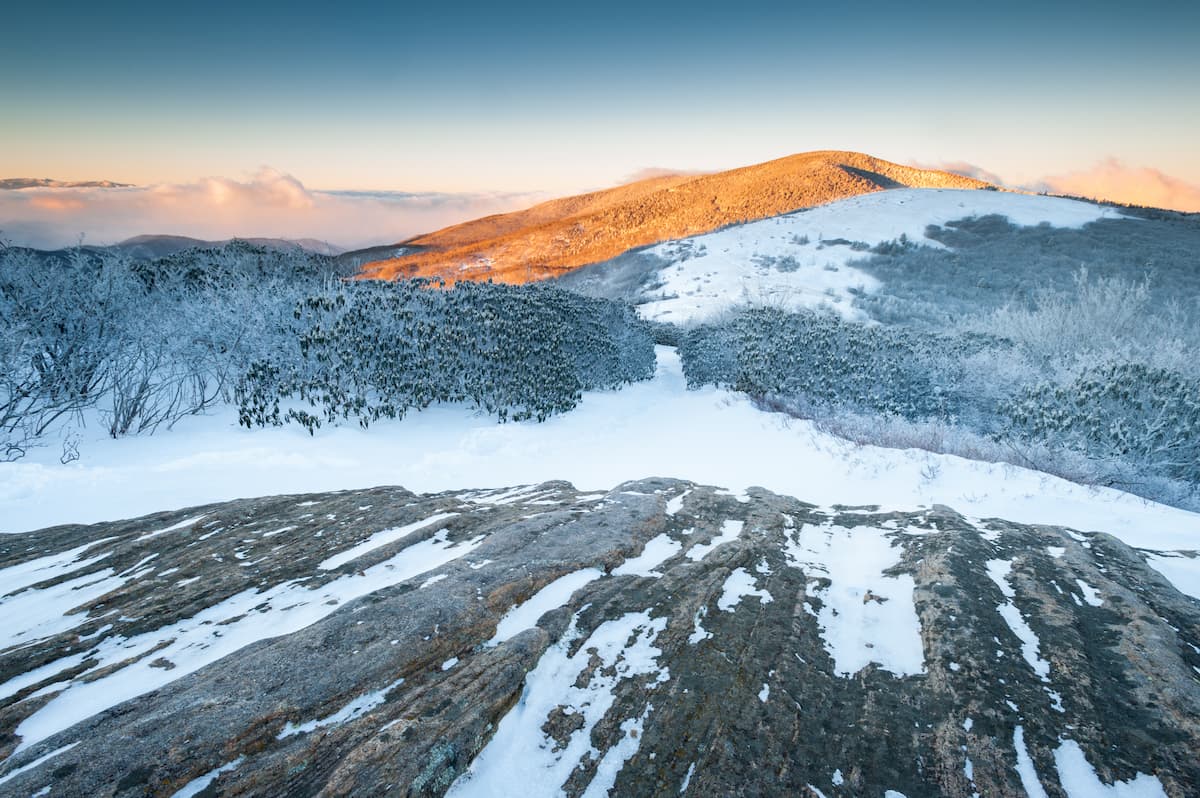
Therefore, the Unaka Mountains are part of the Blue Ridge Mountains province, which features predominately metamorphic bedrock with widespread igneous intrusions. These peaks started to form about 1.1 billion to 250 million years ago during the Grenville orogeny and the subsequent Alleghanian orogeny, placing them among the oldest mountains in the world.
The Unaka Mountains are also home to some outcroppings of Unakite, which is a granite that's known for its unique coloration. First found by geologists in the Unaka Mountains, the rock features a mix of green epidote, pink orthoclase feldspar, and translucent quartz. However, the rock is not unique to the range as it is found throughout the eastern United States and in other countries, such as Brazil, China, Sierra Leone, and South Africa.
Notable peaks in the range include Roan High Knob, Cloudland Mountain, Big Bald, Jane Bald, Little Yellow Mountain, and Big Yellow Mountain.
Like the rest of the Blue Ridge Mountains, the Unaka Mountains are located within the Appalachian-Blue Ridge Forests ecoregion. This ecoregion encompasses a wide swath of land, including parts of Pennsylvania, Maryland, Virginia, Tennessee, North Carolina, Georgia, and Alabama.
The World Wildlife Fund labels the Blue Ridge Mountains as one of the most ecologically rich broadleaf forests on Earth, thanks to its dense concentration of animal and plant species.
At the lowest elevations in the range, the region is home to mixed oak forests, while the mid-elevations traditionally supported forests of tulip poplars, oaks, red spruce, and chestnuts. Meanwhile, the highest elevations in the forest contain stands of both balsam fir and Fraser fir, the latter of which is endemic to the ecoregion.
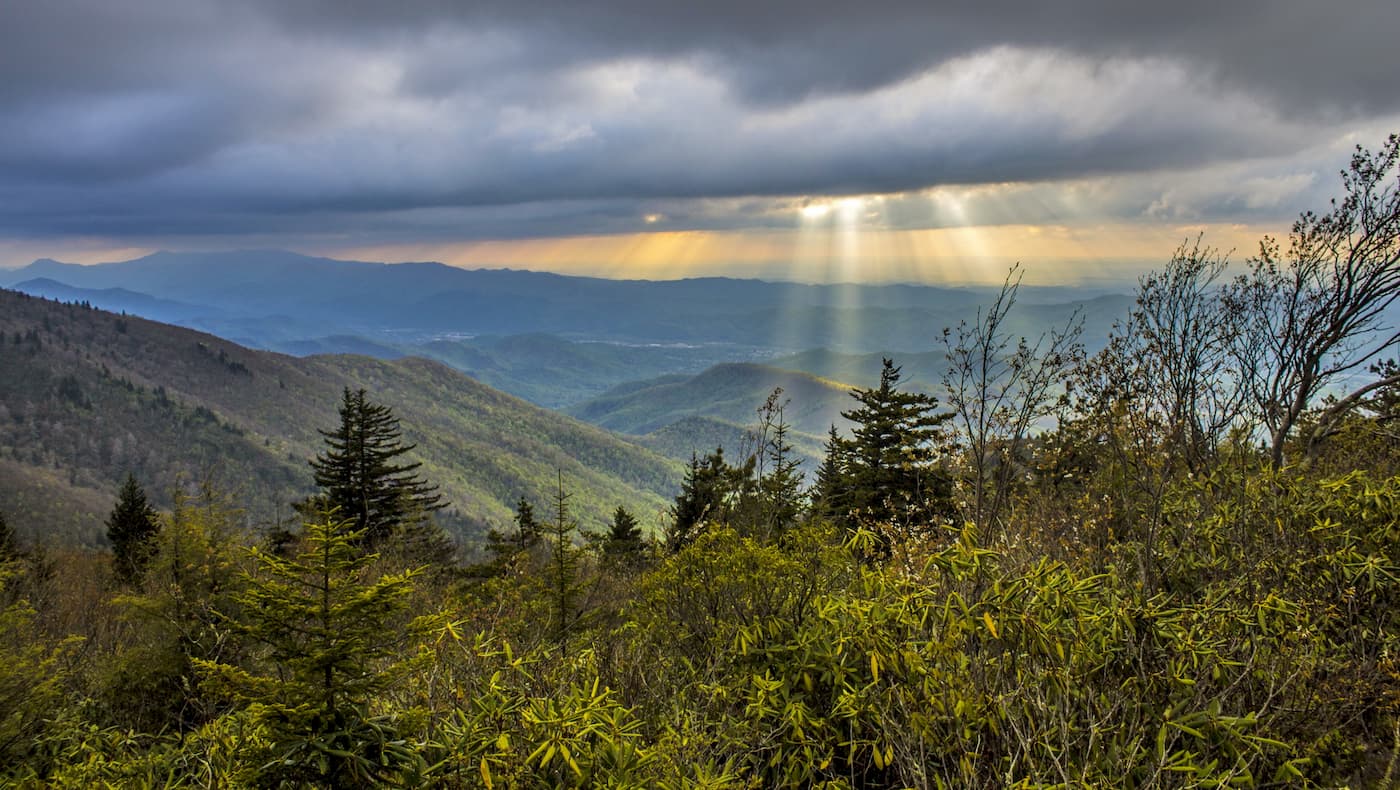
However, the region experienced widespread forest destruction as a result of the chestnut blight in the early 1900s, which also affected much of the wildlife. After this blight, the chestnut tree population was greatly diminished, though this paved the way for other species, such as red maple, black oak, and hickory to dominate in the range.
The Unaka Mountains have been home to humans for thousands of years and many groups consider the region to be their ancestral homelands. Among the many peoples that lived in the region long before the arrival of non-Indigenous settlers and colonists are the Moneton and the Cherokee.
Although the region is quite rugged, non-Indigenous settlers managed to establish towns and cities near the Unaka mountains by the mid to late 1700s.
In fact, one of the earliest Europeans to visit the region was Hernando de Soto of Spain who traveled near the Unaka Mountains in 1540. Upon his arrival, however, his expedition party introduced a whole host of diseases that decimated the Cherokee Nation.
Some of the earliest non-Indigenous towns and cities established in the region were Asheville, North Carolina, located just south of the range, and Johnson City to the west of the range in Tennessee. Much of the region was developed by settlers for agriculture, hunting, and logging, traditions that continue to this day.
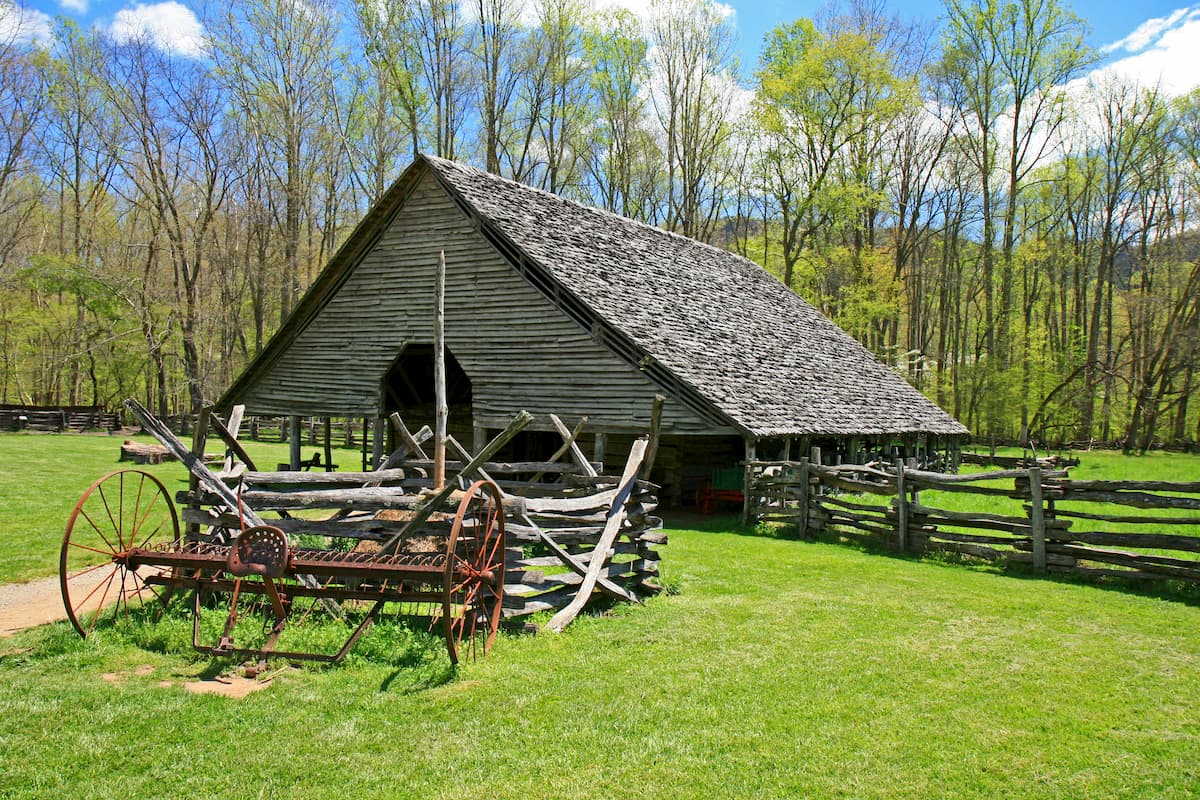
While Asheville became fairly industrial during the 19th century, however, the ruggedness of the Unaka Mountains prevented extensive urbanization. To this day, the region remains relatively sparsely populated, at least when compared to some of the more urban areas to the east and west.
The Unaka Mountains are a popular place to hike and adventure. Here are some of the best destinations to check out during your trip!
Cherokee National Forest includes part of the westernmost section of the Unaka Mountains in Tennessee. The forest is broken up into 2 sections which contain a combined total of 156 named mountains, the highest of which is Haw Knob and the most prominent of which is Big Frog Mountain.
Within the Cherokee National Forest section of the Unaka Mountains, there are a number of great trails, including the Appalachian Trail and the Blueway Trail, both of which offer day hiking and backpacking opportunities.
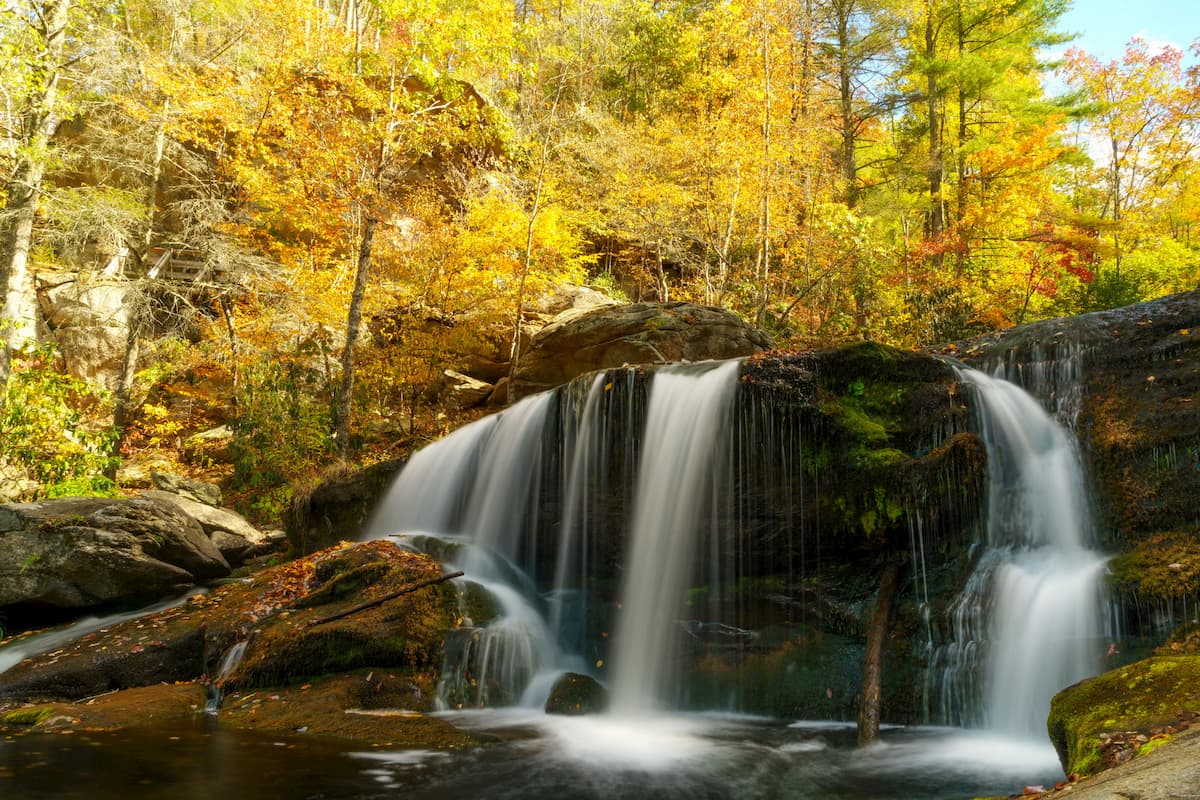
Home to the eastern section of the Unaka Mountains, Pisgah National Forest contains 312 named mountains, the highest of which is Balsam Cone and the most prominent of which is Roan High Knob.
The forest contains a large section of the Appalachian Trail, which passes through part of the Unaka Mountains along its route from Georgia to Maine.
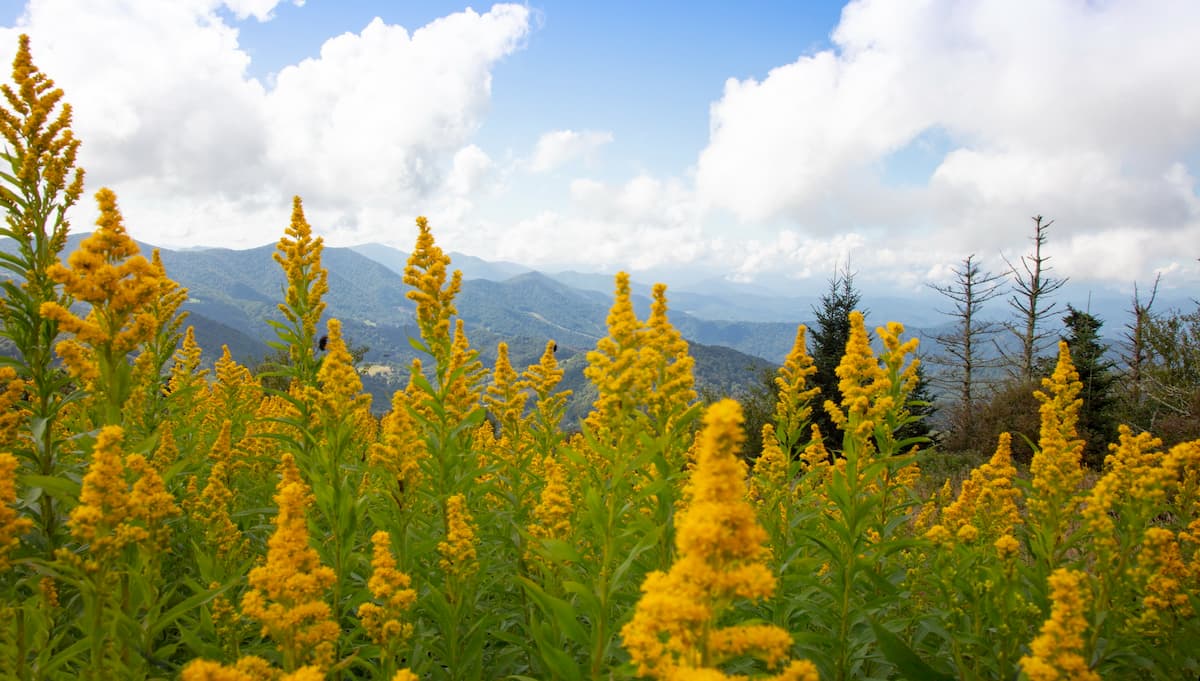
While the Unaka Mountains are home to some rugged and remote terrain, they are within driving distance of some of the region's largest cities. Here are some of the best places to stay during your visit.
The city of Asheville is located just south of the Unaka Mountains. It is the largest city in the western part of the state of North Carolina with over 90,000 residents.
Asheville has a burgeoning tourism industry that places a heavy emphasis on outdoor recreation, seasonal festivals, and the arts. The city is accessible by road along I-40 and it is serviced by a small regional airport with service around the eastern United States.

Situated to the west of the Unaka Mountains, the city of Knoxville is home to over 187,000 people, making it the largest in East Tennessee. It's one of the largest cities in Appalachia and has long been a cultural hub in the region.
Knoxville is located along I-40 and I75. It has a busy airport with service to a wide range of destinations. Plus, Knoxville is a gateway to Great Smoky Mountains National Park, so it's a nice place to stay if you're looking to visit more of the region.

Explore Unaka Mountains with the PeakVisor 3D Map and identify its summits.








southern-appalachian-6000ers
nc-5000ers
tennessee-4500ers
south-beyond-6000
southern-appalachian-6000ers
nc-5000ers
tennessee-4500ers
south-beyond-6000
